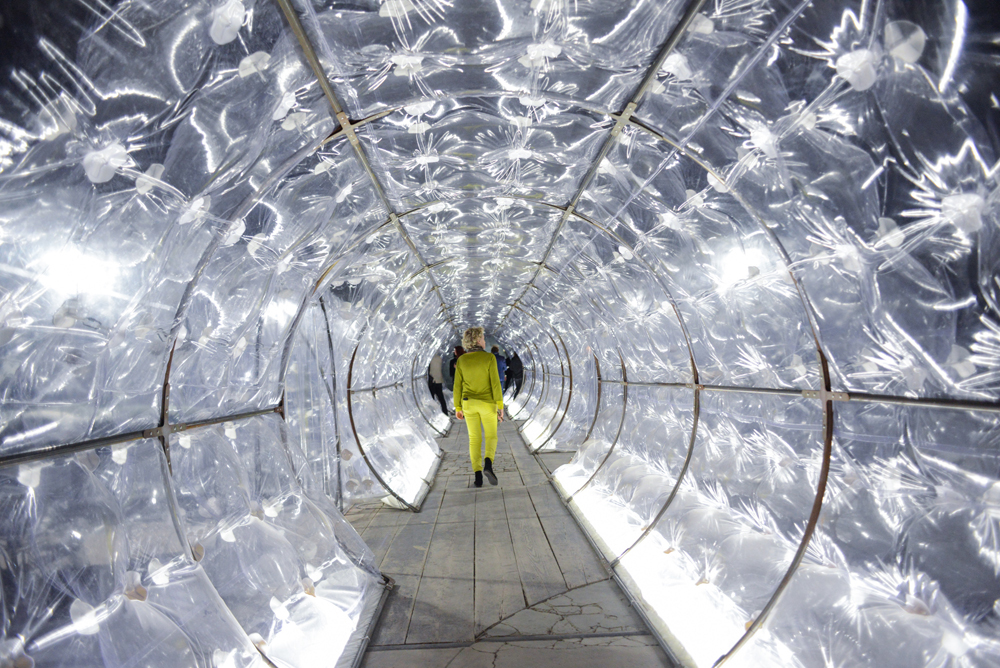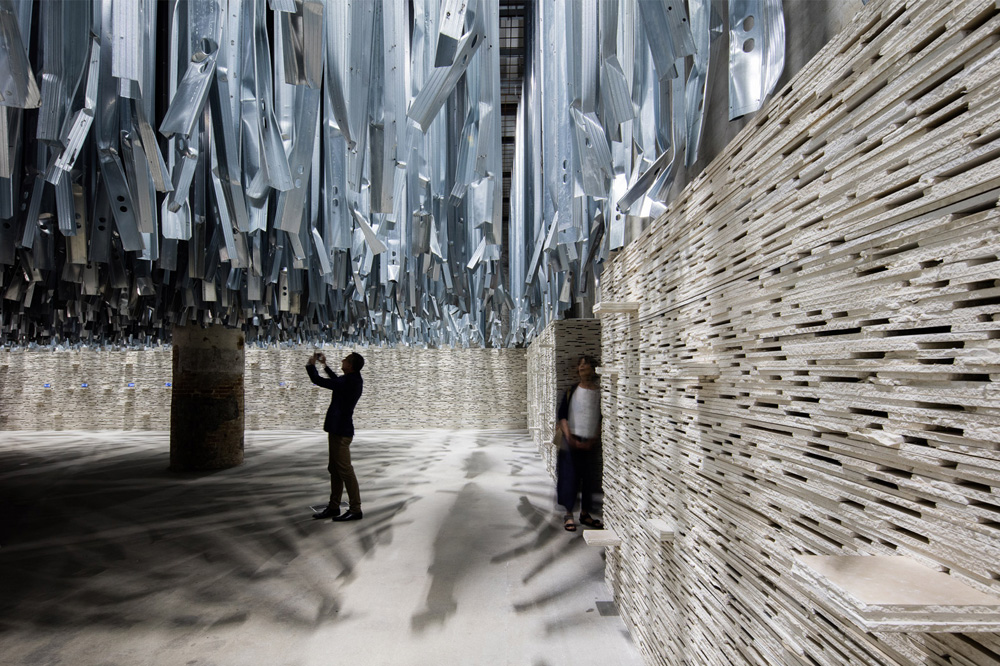
In February 2018, Saudi Arabia stunned the world when it announced that it would be hosting for the first time ever a pavilion at the 16th International Architecture Exhibition, part of the renowned Venice Biennale. The announcement was made by MiSK Art Institute, a cultural body that was established in 2017 by the MiSK Foundation, a non-profit organization led by Crown Prince Mohammed Bin Salman. This year, the Kingdom is making headlines once again, announcing that after an eight-year hiatus, it is returning to the Venice Biennale, which will begin 11 May and run until 24 November.
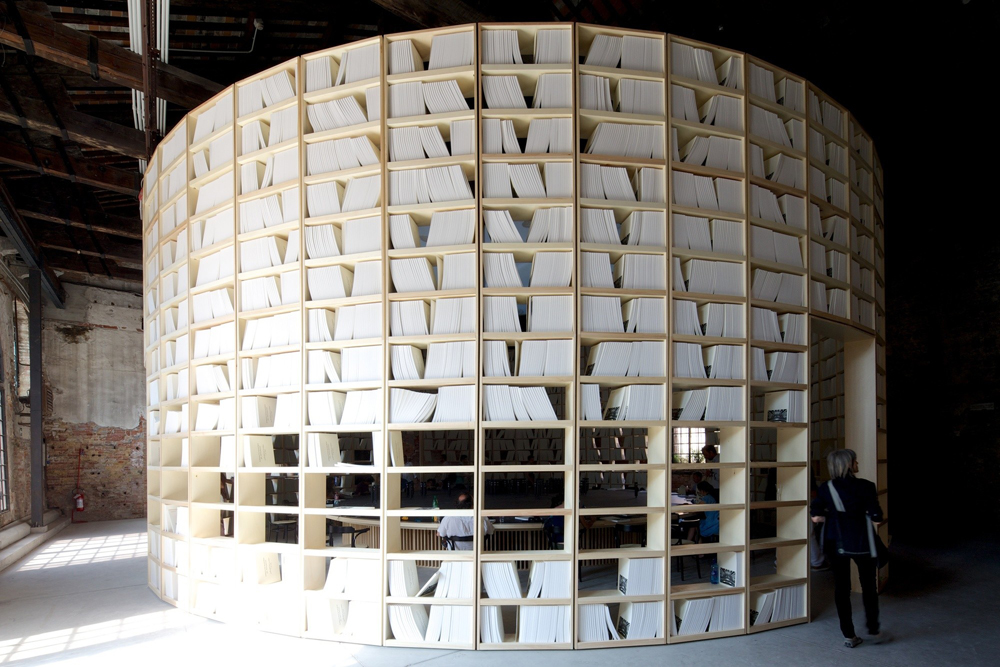
For its show this year, which has been commissioned by MiSK Art Institute and supported by the country’s Ministry of Culture, Saudi Arabia will highlight new works by Jeddah-based artist Zahrah Al Ghamdi. According to The Art Newspaper, Al Ghamdi “is known for her site-specific installations made from natural materials such as sand, rocks, and leather,” such as the piece she showed in 2017 in the Great Court of the British Museum as part of the Shubbak Festival of Arab Culture.
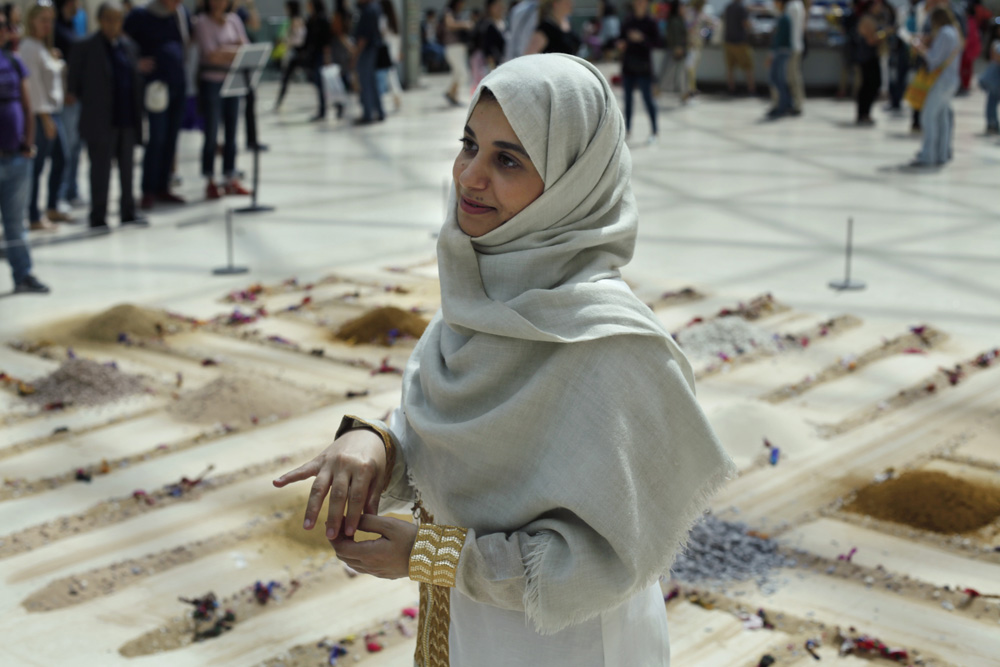
Zahrah Al Ghamdi - Inanimate Village
Speaking to the site about why Saudi Arabia selected Al Ghamdi for this year’s show, the Kingdom’s pavilion curator Eiman Elgibreen, who is the assistant professor at the Princess Nourah University in Riyadh, said, “[Al Ghamdi] starts from a medium that recalls abandoned spaces from her childhood, and reshapes it to give it a new life by making it part of her present space, and thus her future memory… The other reason for choosing Al Ghamdi is her brilliant ability to turn traditional crafts into contemporary art without compromising on any aspect.”
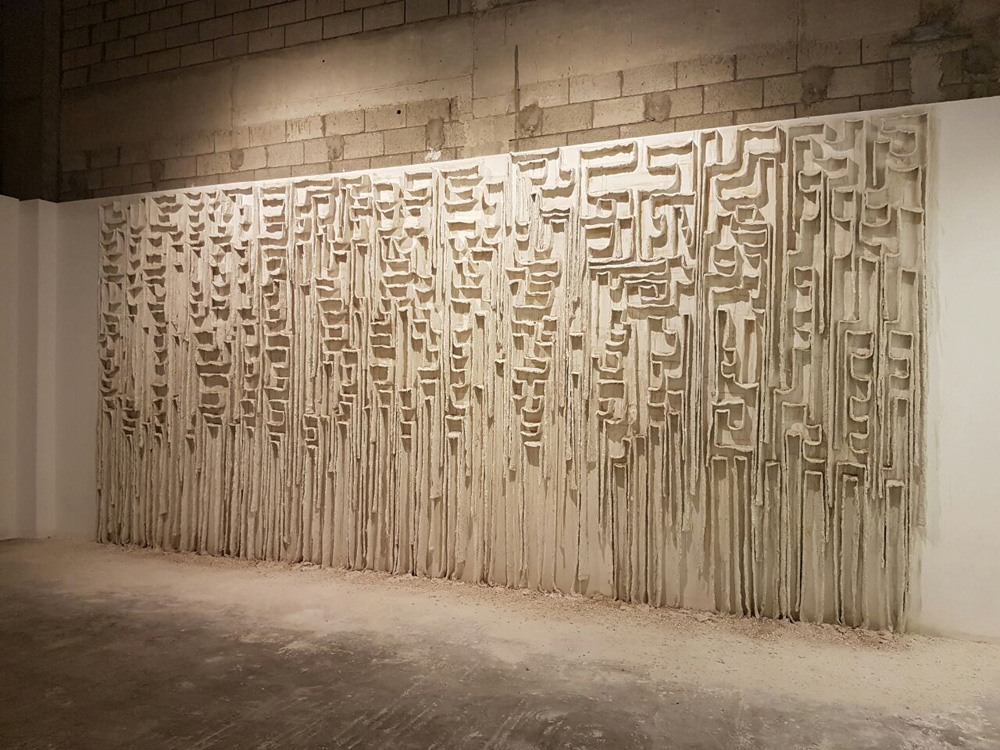
Zahrah Al Ghamdi’s work
The creation of platforms such as MiSK and the provision of an environment that nurtures art and cultural production in the Kingdom are key objectives of Vision 2030, the roadmap for Saudi Arabia’s future that aims to diversify and strengthen its economy. In particular MiSK Art Institute was established with the aim to become “Saudi Arabia’s leading platform for grassroots cultural production, diplomacy, and exchange.”
